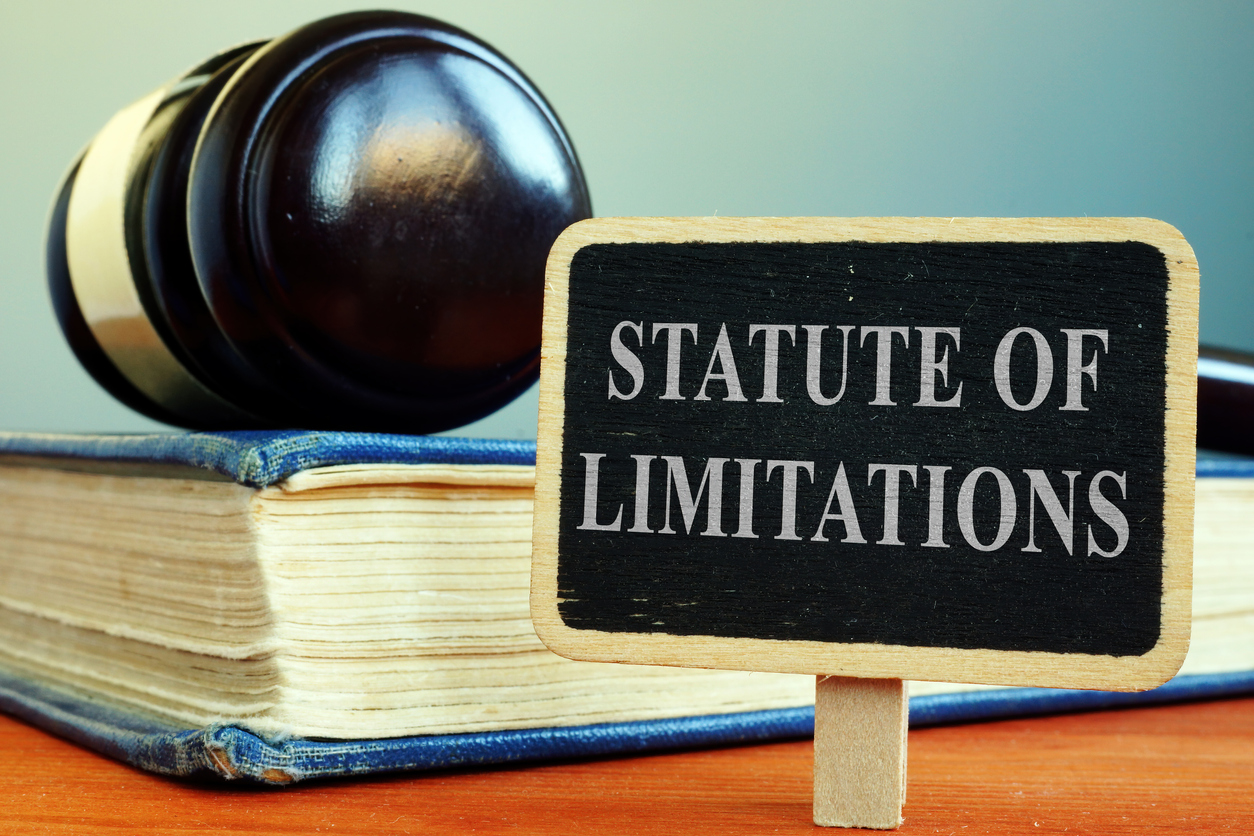In Part 2 of this series I talked about what constitutes "Uninhabitable conditions" that trigger the possibility of ALE payments to the insured. This week, before we hit the ever controversial prong of ALE "incurred expense," I wanted to revisit a sub-issue of ALE that insurers are a stickler on: "normal living conditions."
Importantly, ALE – additional living expenses – is just as it sounds. The ALE provision of a policy pays for additional living expenses of an insured after a loss and no more. The ALE provision of a policy has no intention of placing a policyholder into a better position than the policyholder was in prior to the loss. The ALE provision becomes payable when the "normal" living conditions of the insured changes and “any necessary INCREASE in living expenses incurred so that the policyholder’s household can maintain its normal standard of living.” ALE does not provide basic payments for a insured’s regular mortgage or normal food bills. It pays only for costs that are INCREASED from the normal standard of living.
The best way to explain what would be considered the "normal" standard of living that an insurer will grant ALE for after a loss for is to say that a policy of the insured pays for the equivalent of what the insured already had pre-loss. If an insured lives in a three bedroom house with her family of 5, if a loss occurs, she may rent a three bedroom house of equal square footage fully furnished in a similar or same neighborhood. If the insured lives in a mansion of 15,000 square feet, then the "normal" standard of living would theoretically be the Ritz hotel in the nearby neighborhood as temporary housing until another 15,000 furnished square foot mansion is available for rent.
ALE doesn’t pay for a better lifestyle for an insured. The owner of a 2 bedroom condominium is not entitled to a 5 bedroom house after a loss in most instances if relying on an ALE payment under the policy. Further, ALE pays for an increase in normal cost of living only. If a renter finds that his apartment suffers a water loss that renders the apartment unlivable and his landlord forgives his rent during the time of remediation, then his temporary housing that costs the same amount of his regular rent does not entitle ALE for rent. If the temporary housing exceeds the cost of his normal rent, then technically he is entitled the cost overage only. There are other issues that may complicate or change the ALE that is owed to an insured, but the general guideline for the "normal" standard of living will be a process of putting the insured under a microscope as to what is normal for his daily life. If an insured goes out to dinner every evening but has a loss in his kitchen, he is still entitled to the increased cost of ALE for food. Many times an insurer will scrutinize food bills to ascertain if the insured has an increased cost on his credit cards for food versus what is normally spent per month. The sad reality is that saving money doesn’t exactly help an insured after a loss. The goal is to maintain a normal standard of living within the confines of the policy limits for ALE.
"Normal" is a relative term so examining and insured’s regular living standards and habits will play a key role in guiding an insured as to what he is entitled to under the policy.



